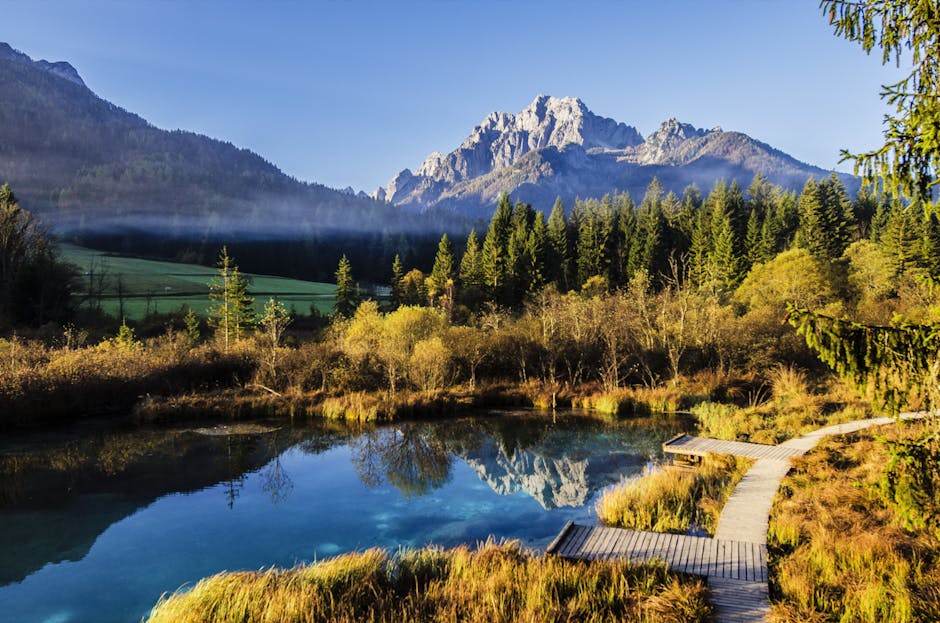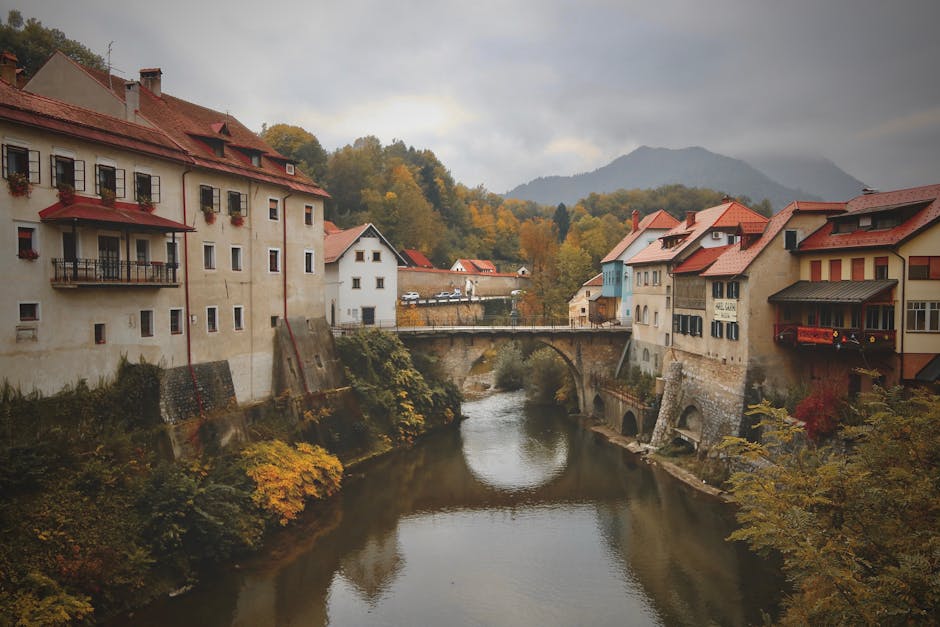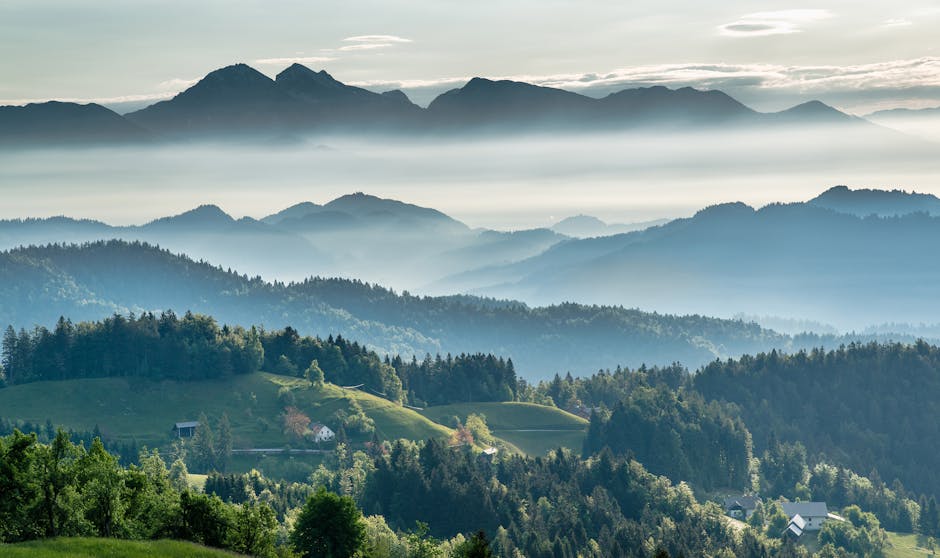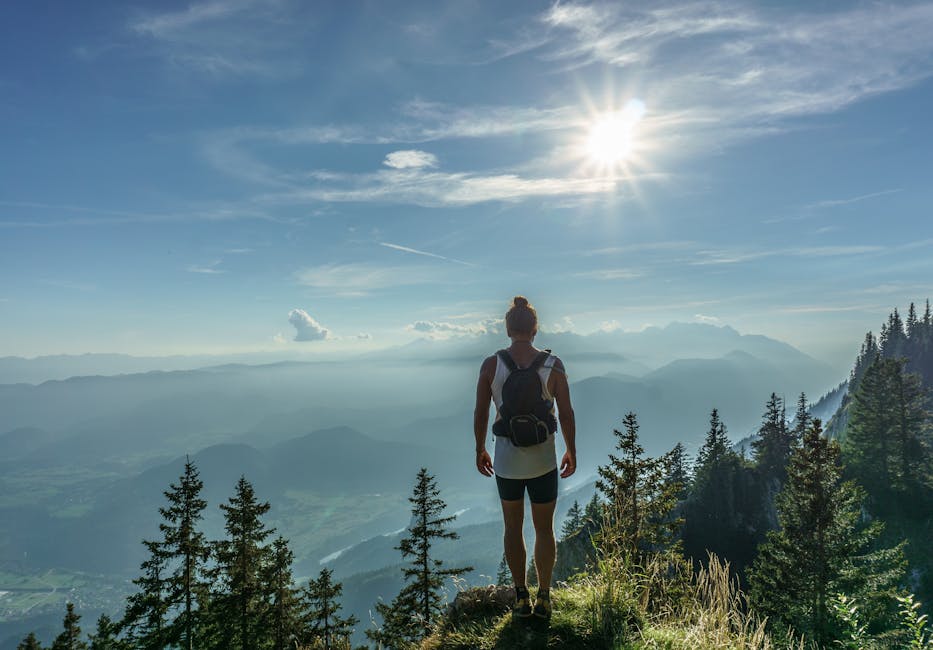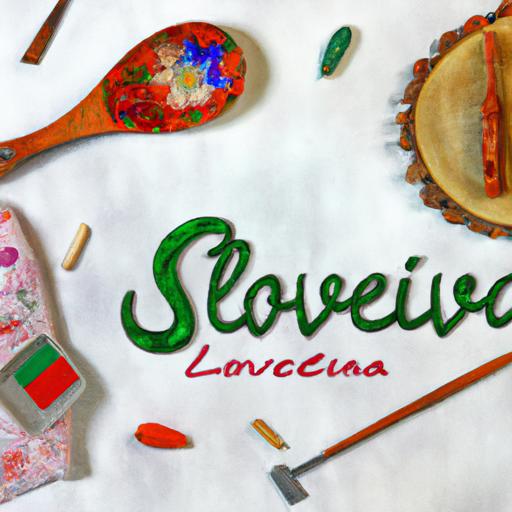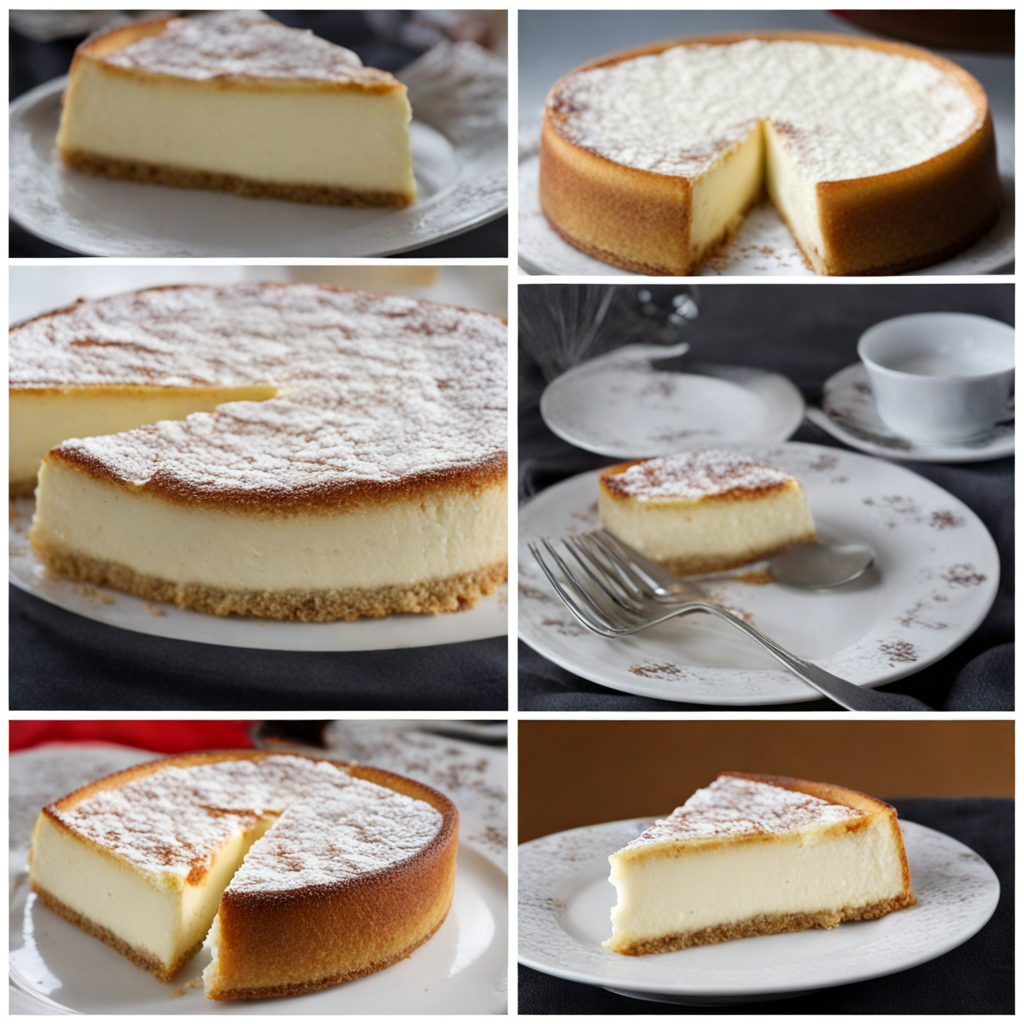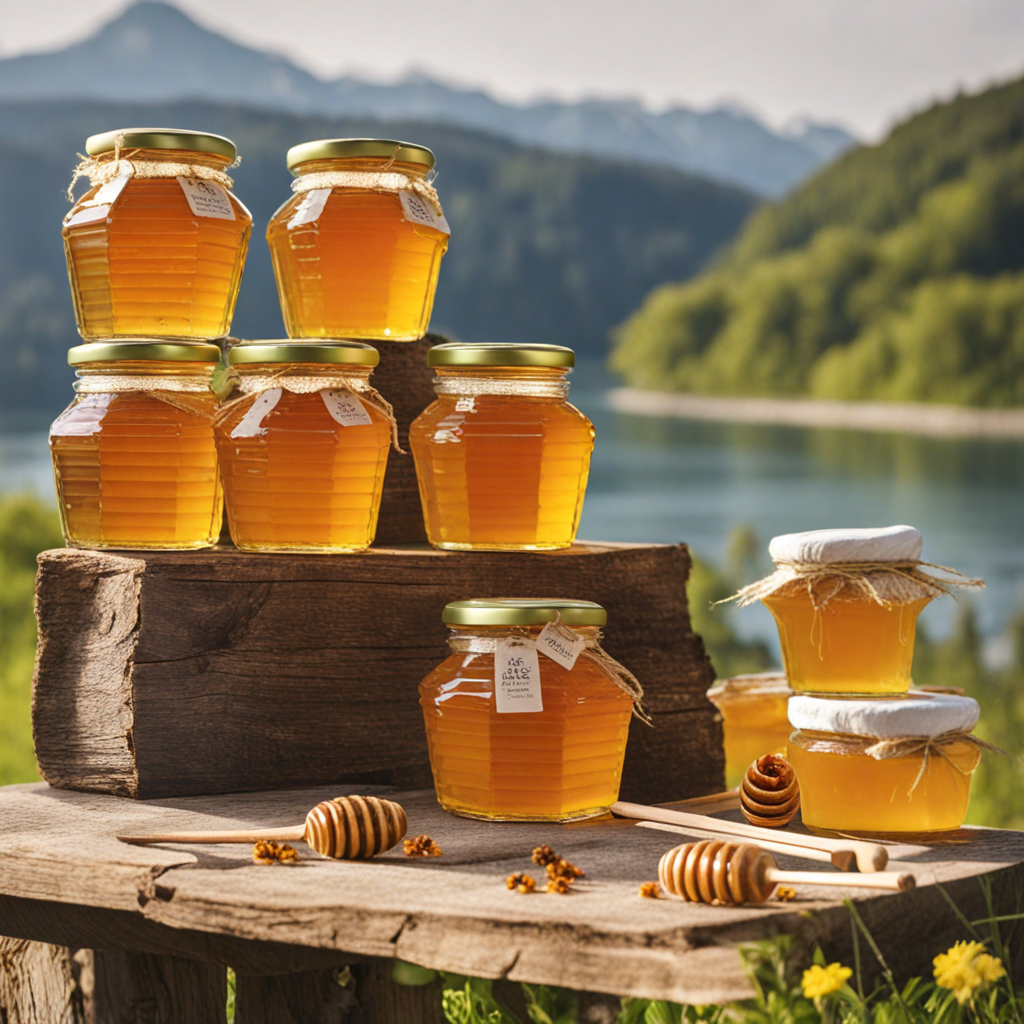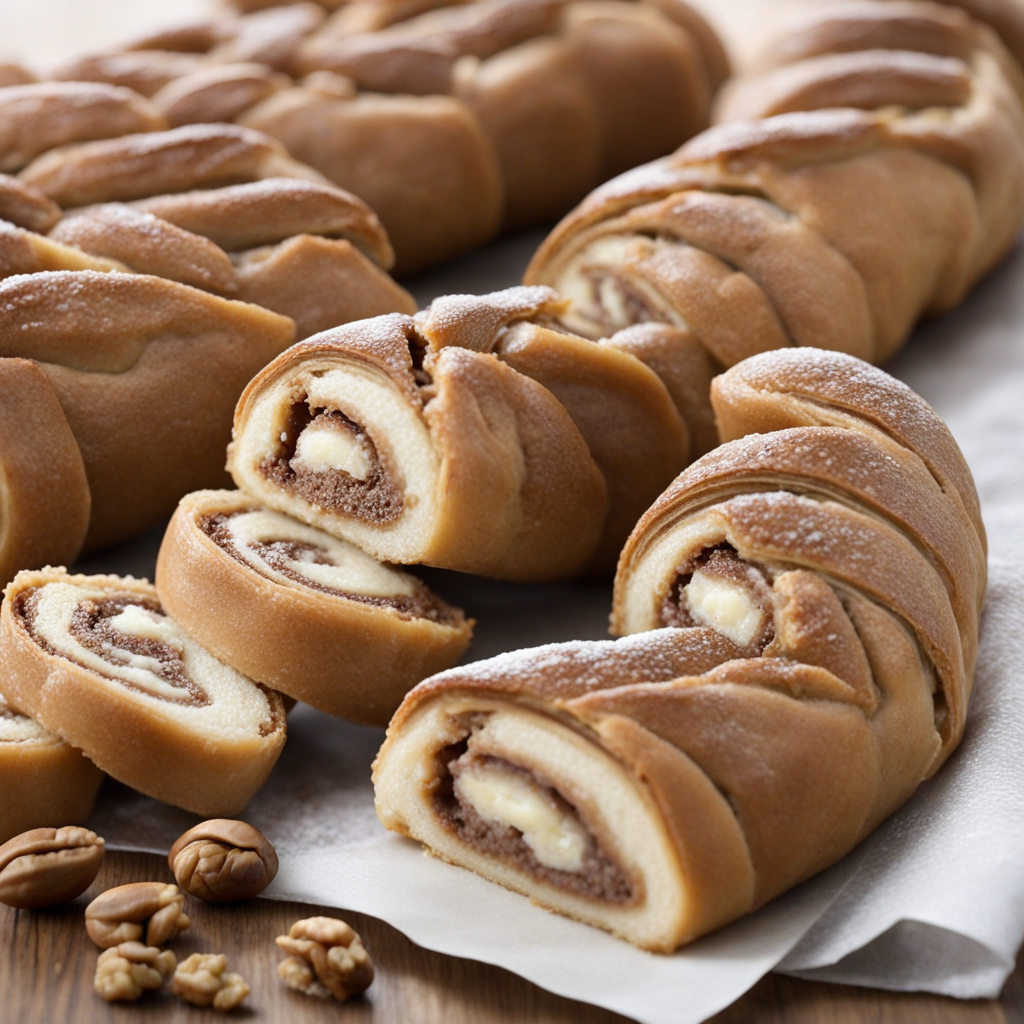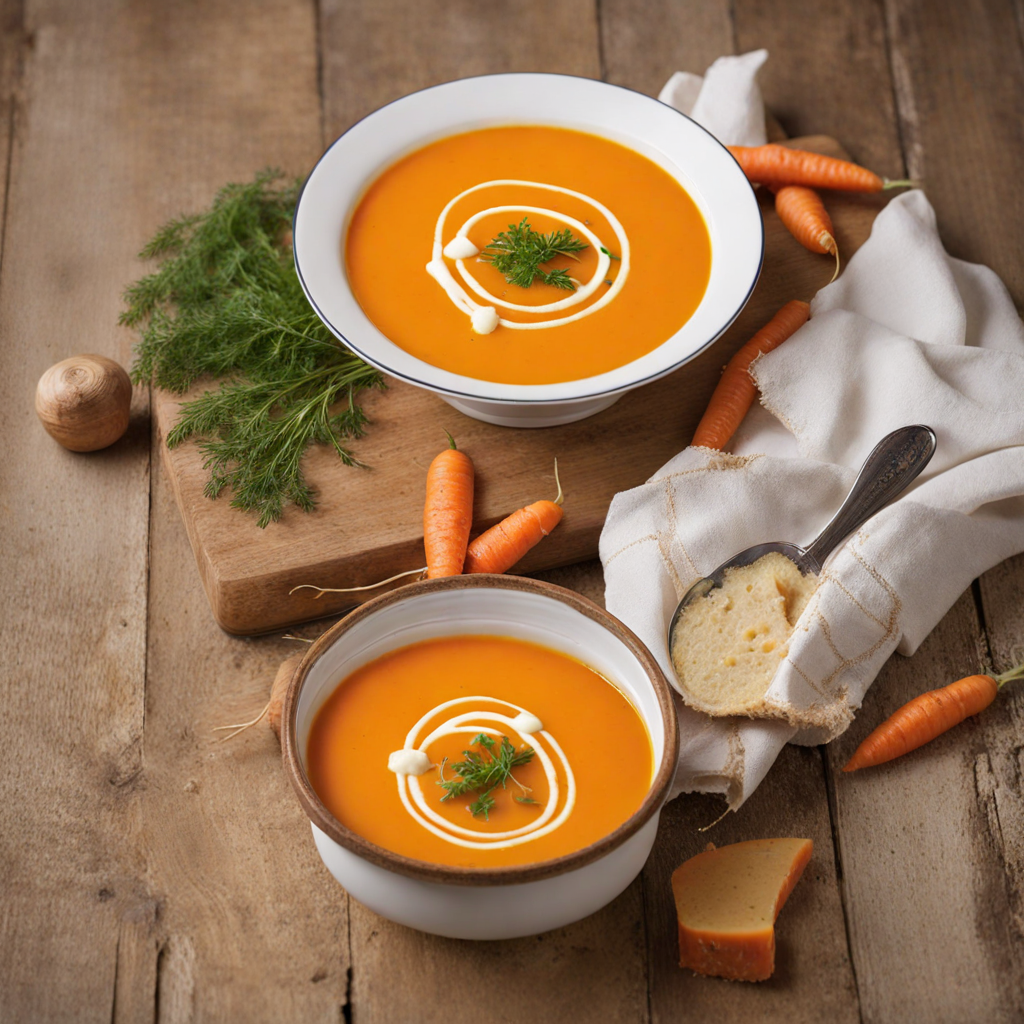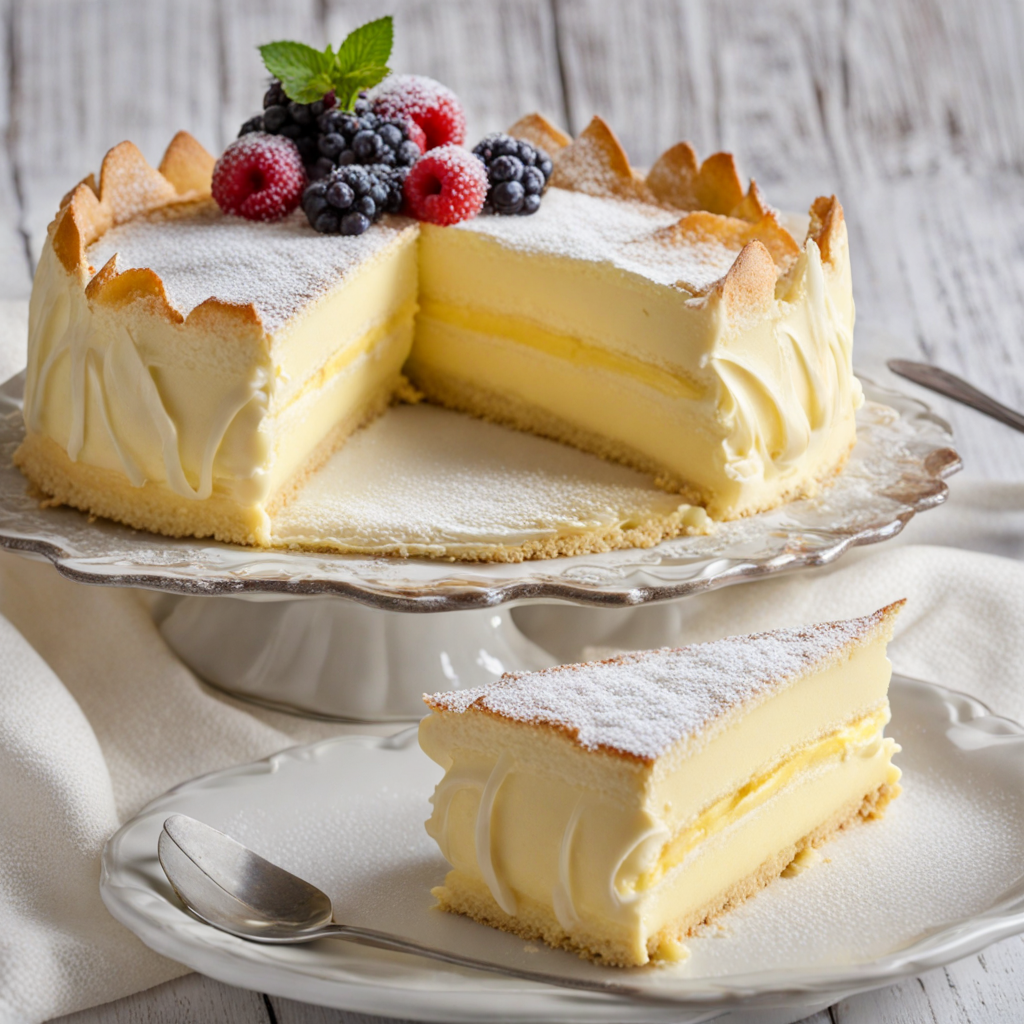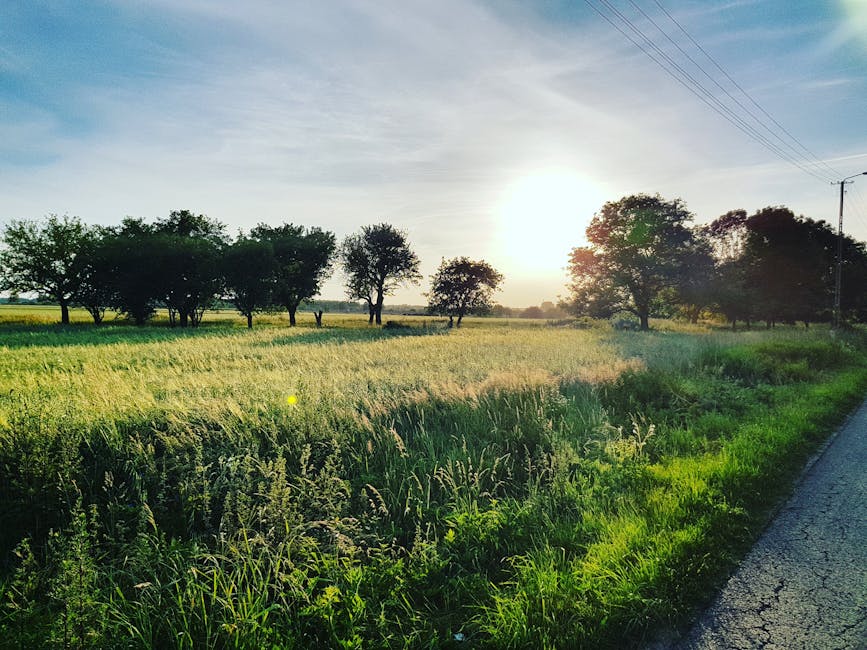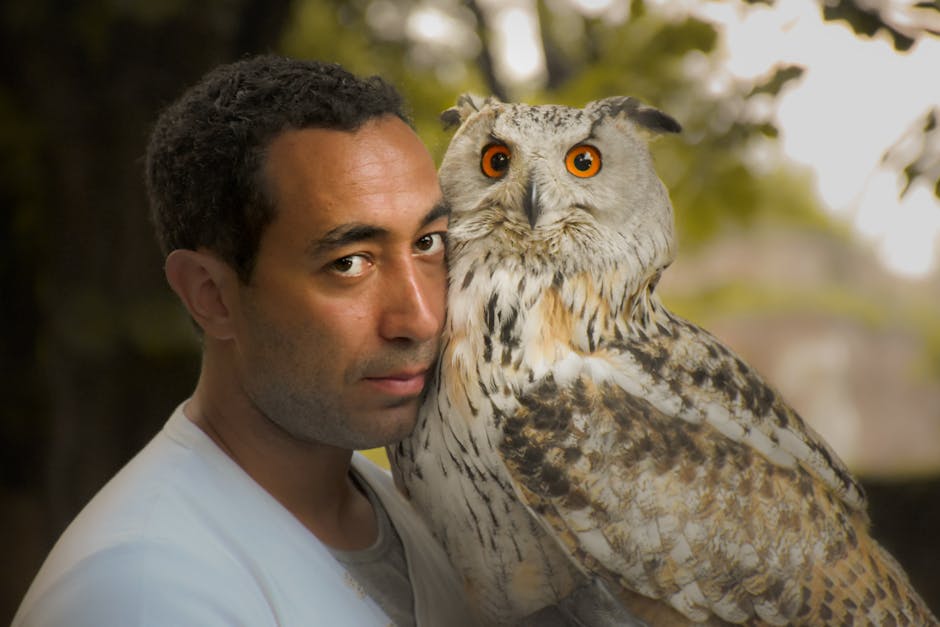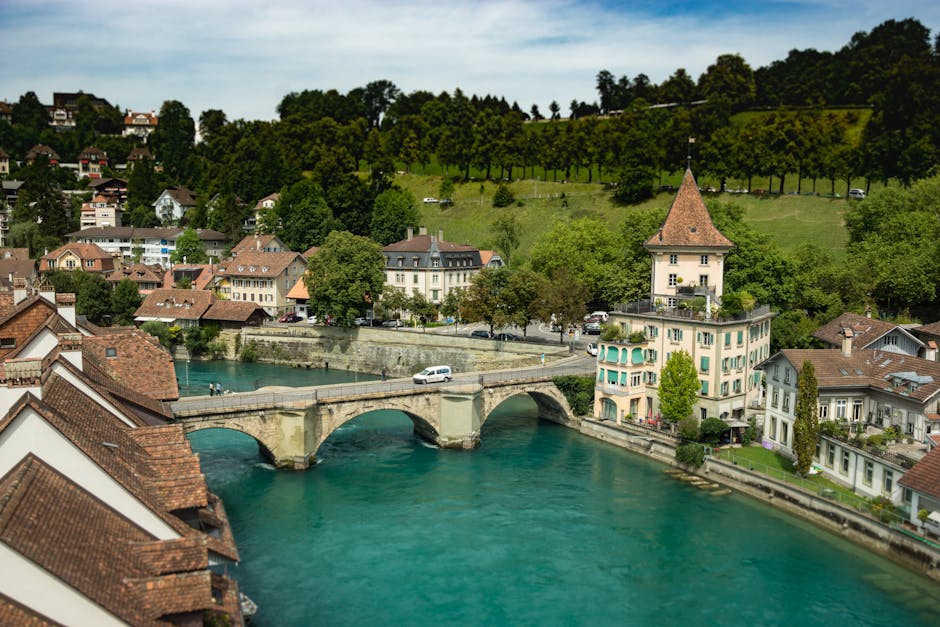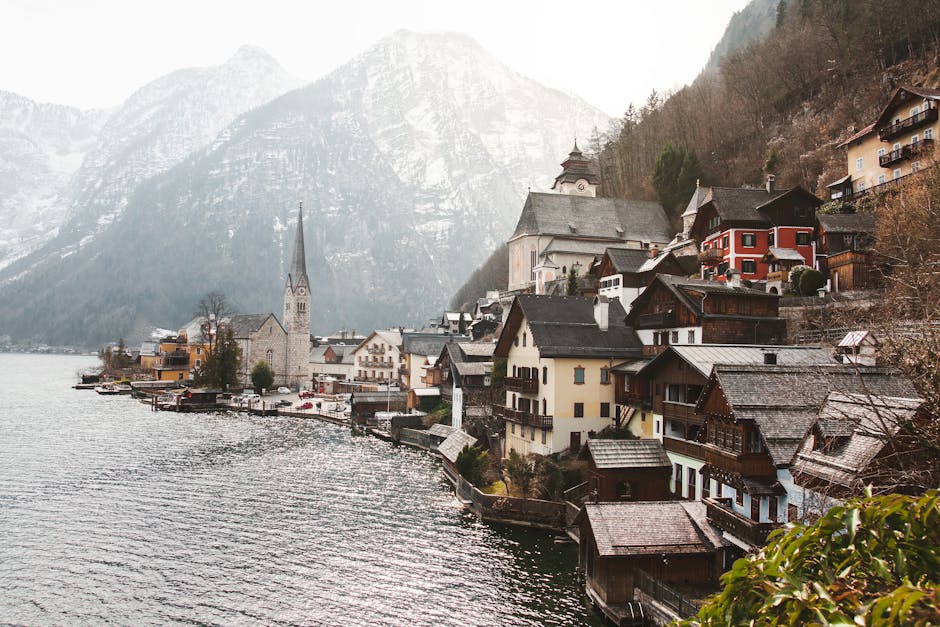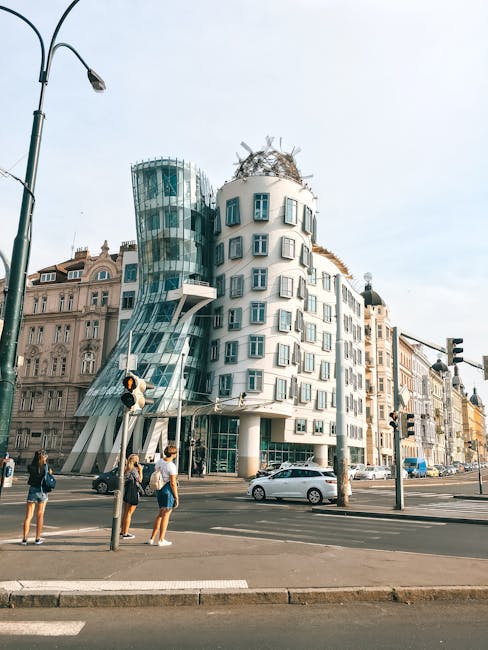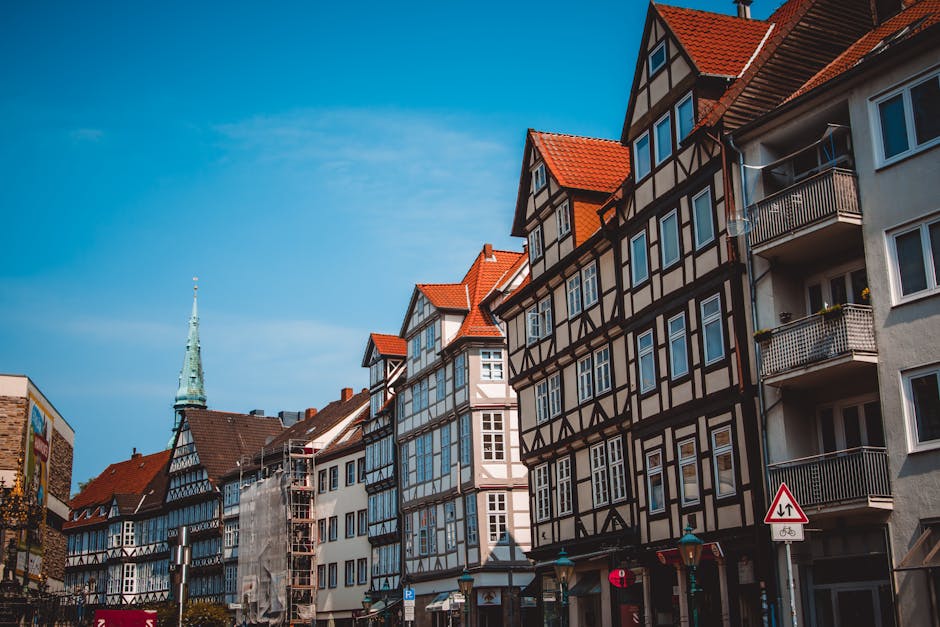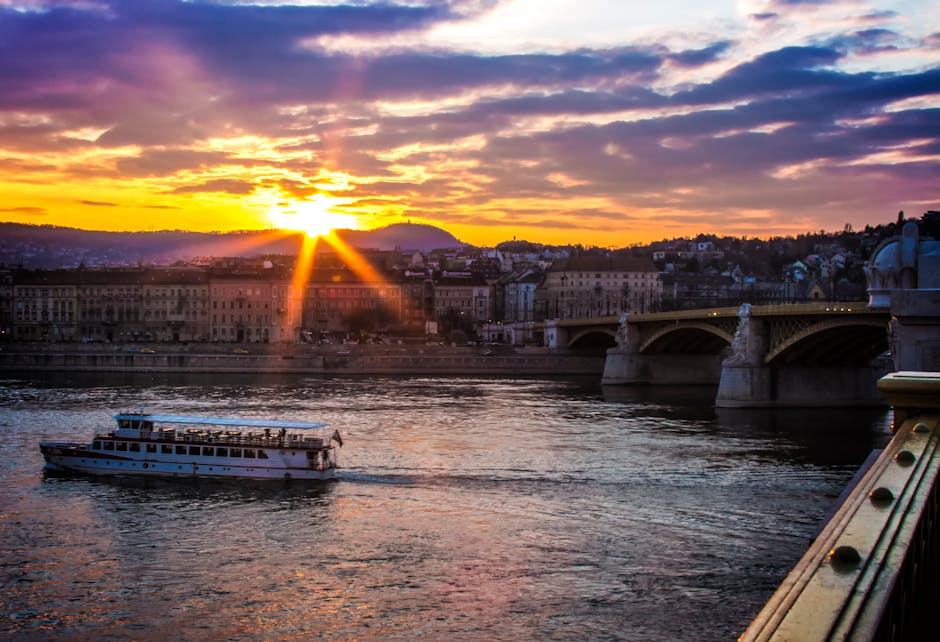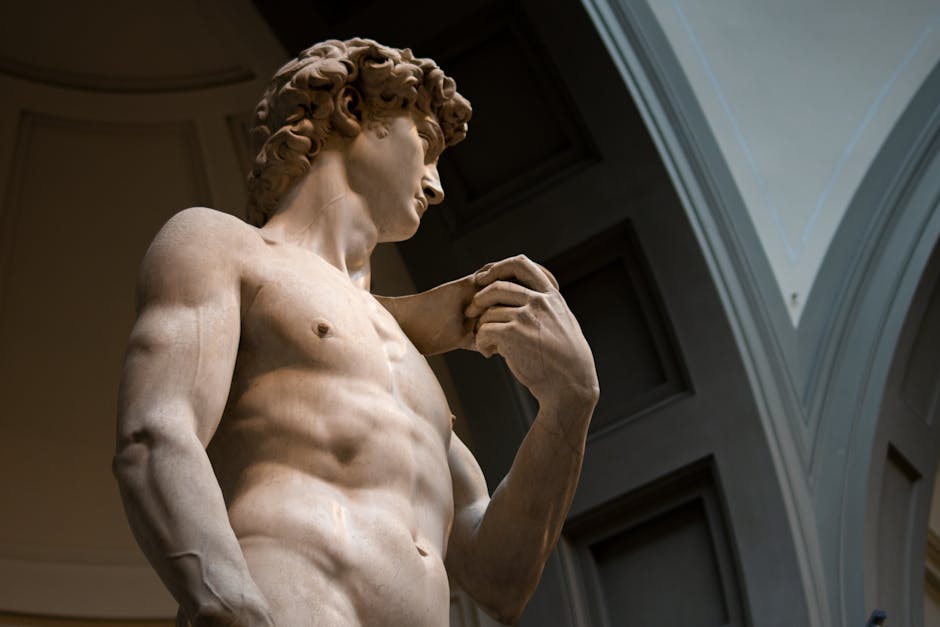Slovenia
Overview
Slovenia: A Cultural and Natural Gem
Slovenia, located in the heart of Europe, is a delightful blend of culture and nature. Bordered by Italy, Hungary, Austria, and Croatia, this gem of a country offers rich history, diverse landscapes, and a unique mix of Alpine, Mediterranean, and Pannonian climates. Slovenia is known for its warm hospitality and vibrant culture, which includes a wide range of traditional folk dances, food, and music. What sets Slovenia apart is its commitment to environmental preservation - it's one of the greenest countries in the world, with over half of its land covered in forest.
The high season for tourism in Slovenia is during the summer months, from June to August. During this time, the weather is typically warm and sunny, with temperatures averaging around 25°C. This is an excellent time to explore Slovenia's beautiful landscapes, from the stunning Lake Bled to the breathtaking Julian Alps. Hiking, cycling, and water sports are popular activities during this period. If you prefer city excursions, Slovenia's capital, Ljubljana, offers a range of attractions, from its lively summer festivals to its charming Old Town. During the winter months, Slovenia also provides excellent skiing opportunities, particularly in the resorts of Kranjska Gora and Mariborsko Pohorje.
Before heading to Slovenia, it's essential to prepare a few things. Firstly, although Slovenia is part of the European Union, it's always a good idea to have travel insurance in case of any unexpected incidents. Check the visa requirements for your country - many nations do not require a visa for short stays. The currency in Slovenia is the Euro, so make sure to prepare some for small expenses. English is widely spoken in tourist areas, but learning a few basic phrases in Slovene, the national language, can enhance your experience. Lastly, pack according to the season - summers can be hot while winters can get quite cold, especially in the mountains.
A Glimpse into the Past
Slovenia, a small but captivating country in Central Europe, boasts a rich tapestry of history that reflects the influences of various cultures and empires. Nestled between Austria, Italy, Hungary, and Croatia, Slovenia's strategic location has historically made it a crossroads for trade, culture, and migration. This unique positioning has left an indelible mark on its landscape, architecture, and traditions.
The earliest signs of human settlement in Slovenia date back to the Paleolithic era, with archaeological findings such as the Divje Babe Flute, one of the oldest musical instruments in the world, showcasing the region's prehistoric significance. The Neolithic period brought further development, with the arrival of farming communities and the establishment of the Vinča culture. By the time the Celts arrived around 400 BCE, the area was thriving, and they founded the town of Emona, modern-day Ljubljana. Emona was an important settlement in the Roman Empire, featuring advanced urban planning, including a forum, aqueducts, and houses.
Following the fall of the Roman Empire, the region experienced a series of invasions by various tribes, including the Huns, Avars, and Slavs. By the 6th century, the Slavs had settled in the area, forming the basis of the Slovenian identity. The Slovenes began to establish their own distinct cultural and linguistic identity, which would evolve over the centuries.
During the Middle Ages, Slovenia became part of the Holy Roman Empire. The Counts of Celje emerged as a significant noble family, exerting considerable influence over the region. The construction of castles, such as Celje Castle and Predjama Castle, underscores this feudal period, offering glimpses into the lives of the nobility and their power struggles.
In the 15th and 16th centuries, the Reformation brought significant changes, as Protestant thinkers like Primož Trubar began to promote literacy and Slovenian language. This cultural awakening led to the publication of the first books in the Slovenian language, fostering a sense of national identity. However, the Counter-Reformation saw the Catholic Church regain dominance, influencing education and culture.
The decline of feudalism in the 18th century coincided with the rise of nationalism across Europe. The Slovenian National Awakening in the 19th century aimed to promote Slovenian culture and language. Notable figures like France Prešeren, a national poet, and Jakob Aljaž, a prominent advocate for Slovenian rights, played crucial roles in this movement. The Slovenian language gained recognition, and cultural institutions began to emerge.
The Austro-Hungarian Empire controlled Slovenia from the late 19th century until the end of World War I. This period saw economic development and urbanization, particularly in cities like Ljubljana and Maribor. The Art Nouveau architecture of Ljubljana is a testament to this era, with buildings designed by architect Jože Plečnik gracing the city.
The aftermath of World War I saw Slovenia become part of the newly formed Kingdom of Serbs, Croats, and Slovenes, which later became the Kingdom of Yugoslavia. This transition was fraught with challenges, as different ethnic groups vied for power and influence. The interwar period was marked by political instability and economic hardship, yet Slovenian culture continued to flourish.
World War II brought devastating consequences for Slovenia. Occupied by Nazi Germany and Fascist Italy, the region faced severe repression. Resistance movements emerged, with the Partisans, led by Josip Broz Tito, gaining prominence. After the war, Slovenia became one of the six republics in the Socialist Federal Republic of Yugoslavia. A period of reconstruction and modernization followed, with significant investments in infrastructure and industry.
The late 1980s saw rising nationalist sentiments and demands for greater autonomy. The Slovenian Spring culminated in Slovenia's declaration of independence on June 25, 1991, following a referendum in which over 90% of voters supported independence. This move led to a brief but intense conflict known as the Ten-Day War, resulting in Slovenia establishing itself as a sovereign nation.
Since gaining independence, Slovenia has worked to integrate into European and global structures. It joined the European Union and NATO in 2004, becoming a member of the Eurozone in 2007. Today, Slovenia is known for its political stability, vibrant economy, and commitment to environmental sustainability.
Tourists are drawn to Slovenia's natural beauty, including the breathtaking Julian Alps, Lake Bled, and the Škocjan Caves, a UNESCO World Heritage site. The charming capital, Ljubljana, features a picturesque old town, vibrant markets, and a lively cultural scene, making it a must-visit destination.
Bled Castle, perched on a cliff above Lake Bled, offers stunning views and a glimpse into Slovenia's medieval past. The Lake Bohinj area, surrounded by lush forests and mountains, is perfect for hiking and outdoor activities. For those interested in history, a visit to Ptuj, Slovenia's oldest town, reveals ancient Roman remains and medieval architecture.
Slovenia's rich cultural heritage is showcased in its numerous festivals, including the Ljubljana Festival, which celebrates music, theater, and dance. The country is also famous for its culinary delights, combining influences from Italian, Austrian, and Balkan cuisines. Traditional dishes like potica (a rolled dough cake) and štruklji (dough rolls filled with various fillings) are not to be missed.
The wine regions of Slovenia, particularly around Maribor and Goriška Brda, offer delightful experiences for wine enthusiasts. Visitors can tour vineyards and taste acclaimed local wines, such as Rebula and Zelen.
In conclusion, the history of Slovenia is a fascinating journey through time, filled with cultural richness and natural beauty. From its prehistoric roots to its vibrant present, Slovenia invites travelers to explore its diverse landscape and to experience the warmth of its people. The harmonious blend of tradition and modernity makes Slovenia a compelling destination for those seeking both adventure and cultural enrichment.
Top cities for tourists in Slovenia
Discover the Famous Cities That Might Captivate Your Interests
Must-Try Foods You Can't Afford to Miss
Indulge in a Variety of Fantastic Foods During Your Stay in Slovenia
May Be Your Next Destinations
People often choose these countries as their next destination


